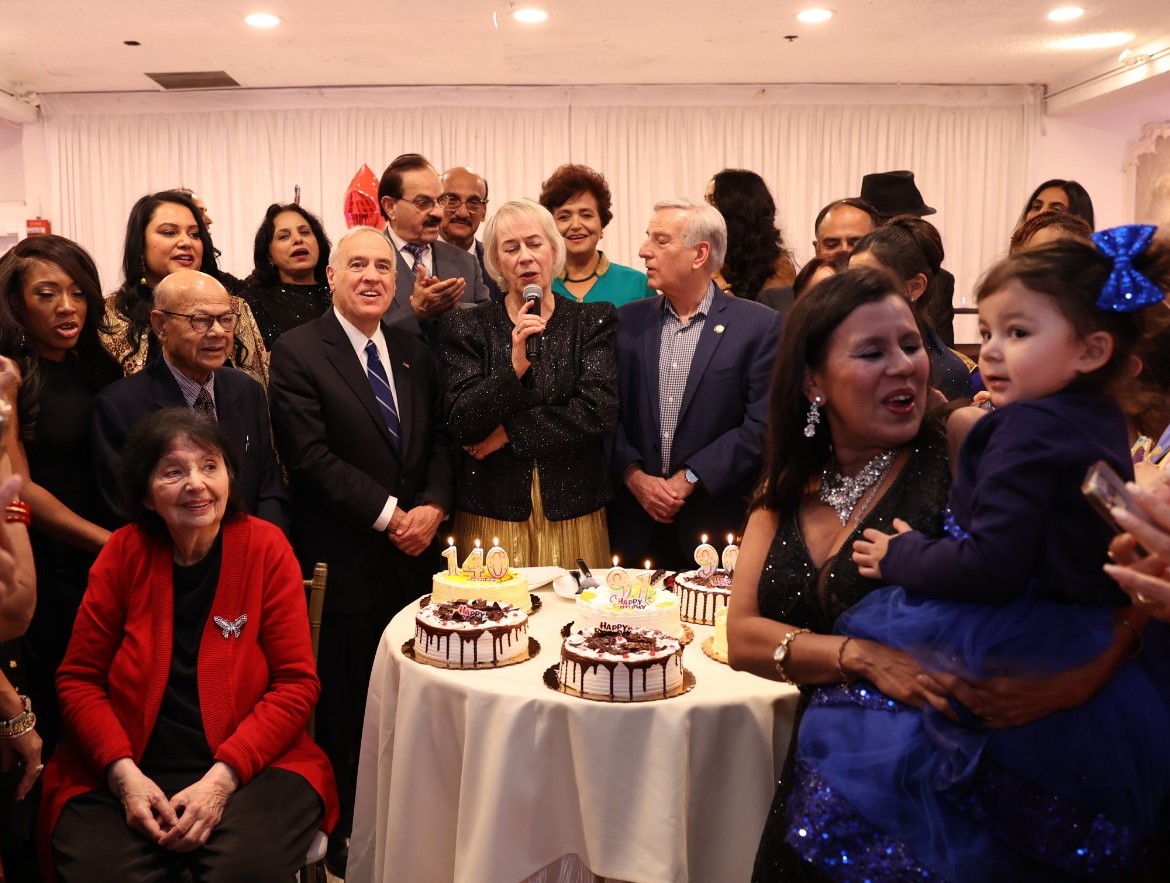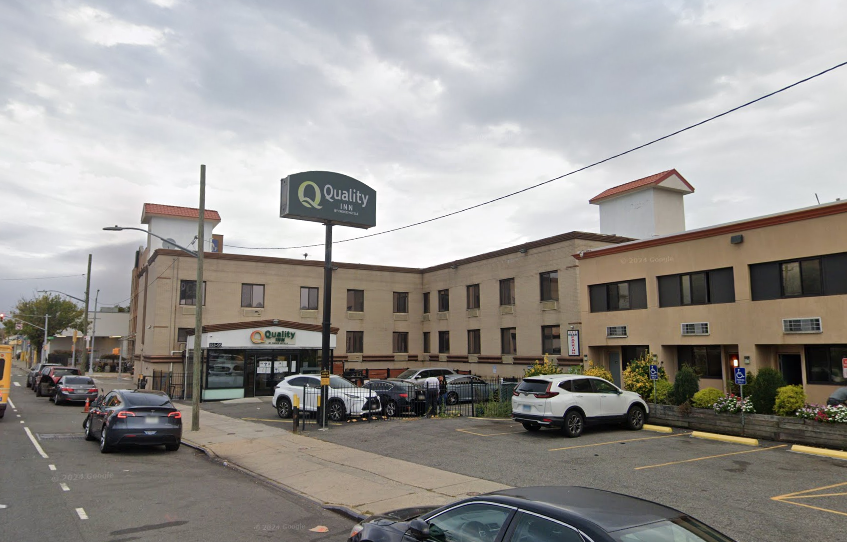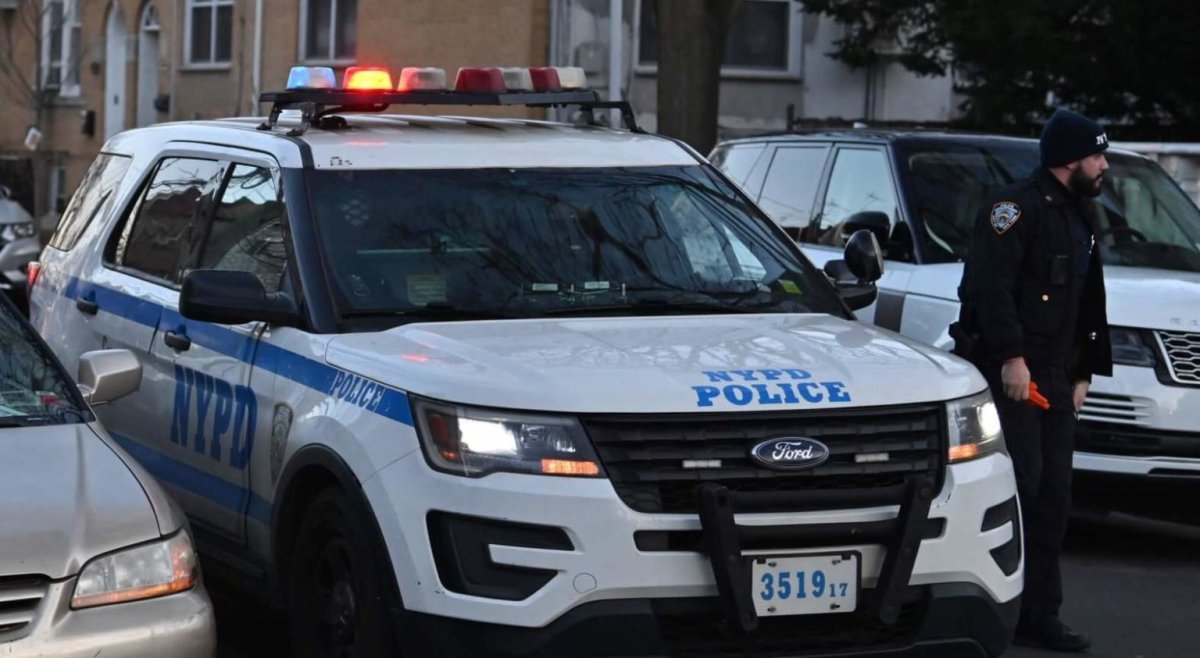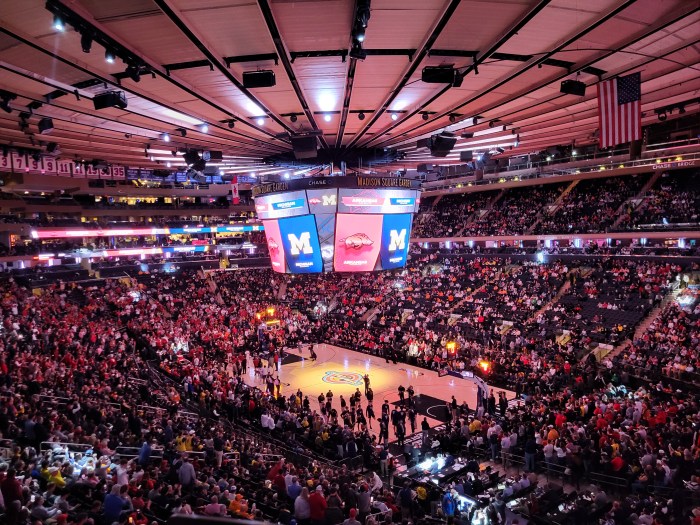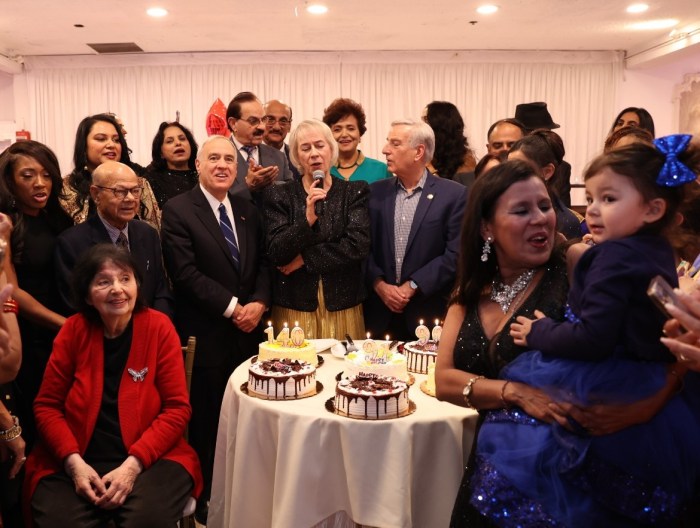
The 15-year-old boy in the tattered straw hat is as eager to learn about his visitors as they are to know about him. “Where are you from?” he asks shyly as his grandparents peddle handwoven baskets, fruit preserves and Wet Bottom Shoofly Pie from their roadside stand on a quiet country road in Lancaster, Pennsylvania.
We are on a bus tour offered by the Amish Farm and House (amishfarmandhouse.com), one of at least 20 tour operations in Lancaster County, home to the largest Amish settlement in the United States. Manager Mark Andrews says he gets roughly 100,000 visitors a year eager to learn about this serene and prayerful community.
“There is a fascination with a subculture within a culture that can still survive and maintain its integrity,” Andrews says.
Lancaster County is a three-hour drive from Manhattan. You can choose to explore the countryside on your own, stopping at the various Amish-owned businesses along the way. But the Amish, while friendly, are private people, so you might glean more from a guided tour. Allow at least several hours for any tour. You might pay about $10 for a guided house tour, $20 for a bus tour alone or $30 or more for a package that includes both. There are plenty of places to stay overnight, should you want to extend your visit.
Among the things you might learn on a guided tour of Amish country:
The Amish population has doubled over the past 20 years, with families of seven to 10 children not uncommon.
Amish women never cut their hair. Unmarried Amish men generally remain cleanshaven. After they are married, they grow a beard.
The Amish eschew electricity to avoid secular influences like computers, TV and radio. Instead, they might use hydraulics, solar panels, gasoline-powered generators, 12-volt batteries and other nonelectrical means to light their homes and run their farm equipment, tools and household appliances.
Travel by horse and buggy is the primary mode of transportation. Owning a car is not permitted. Bicycles are not allowed, either.
Rumspringa is a period, beginning around age 16, when Amish young people are allowed greater freedoms to experiment with so-called worldly activities, like buying a car, using a cellular phone and wearing non-Amish clothing. After a few years, the teen then chooses whether to join the church or leave the Amish community.
“I love the Plain people and the life that they live. I think they are to be admired,” says Kathleen Eshbach, a Huntington native who started Old Order Amish Tours (oldorderamishtours.com) in Ronks 25 years ago. “I’m very grateful to the Plain community for allowing me to bring visitors over the years.”














